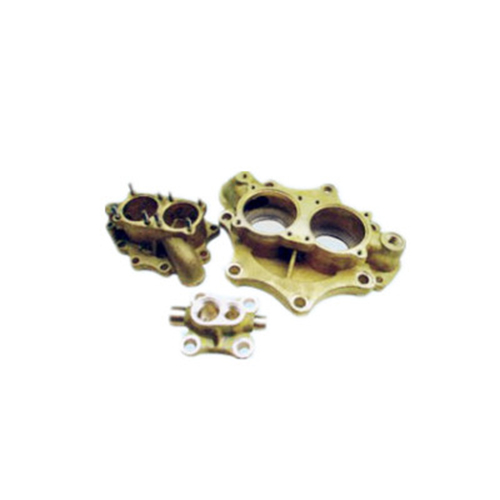Reciprocating Compressor Cylinder Liner
Sealing: The liner helps to create a seal between the piston rings and the cylinder wall. This seal is crucial for maintaining compression efficiency and preventing gas leakage during the compression process.
Heat Dissipation: During compression, gas temperature increases, which can lead to thermal expansion of the cylinder wall. The liner helps to dissipate heat away from the cylinder wall, preventing excessive expansion and maintaining dimensional stability.
Corrosion Resistance: Liners are often made from materials that are resistant to corrosion, ensuring the longevity of the compressor in harsh operating environments.
Ease of Maintenance: In the event of wear or damage, liners can be replaced more easily and cost-effectively than replacing the entire cylinder. This makes maintenance and repair of reciprocating compressors more manageable.
Liners are typically made from materials such as cast iron, alloy steel, or various composite materials, depending on the specific requirements of the compressor application. They are designed to withstand the pressures, temperatures, and mechanical stresses encountered during compressor operation. Proper selection and maintenance of cylinder liners are essential for optimizing the performance and reliability of reciprocating compressors.










